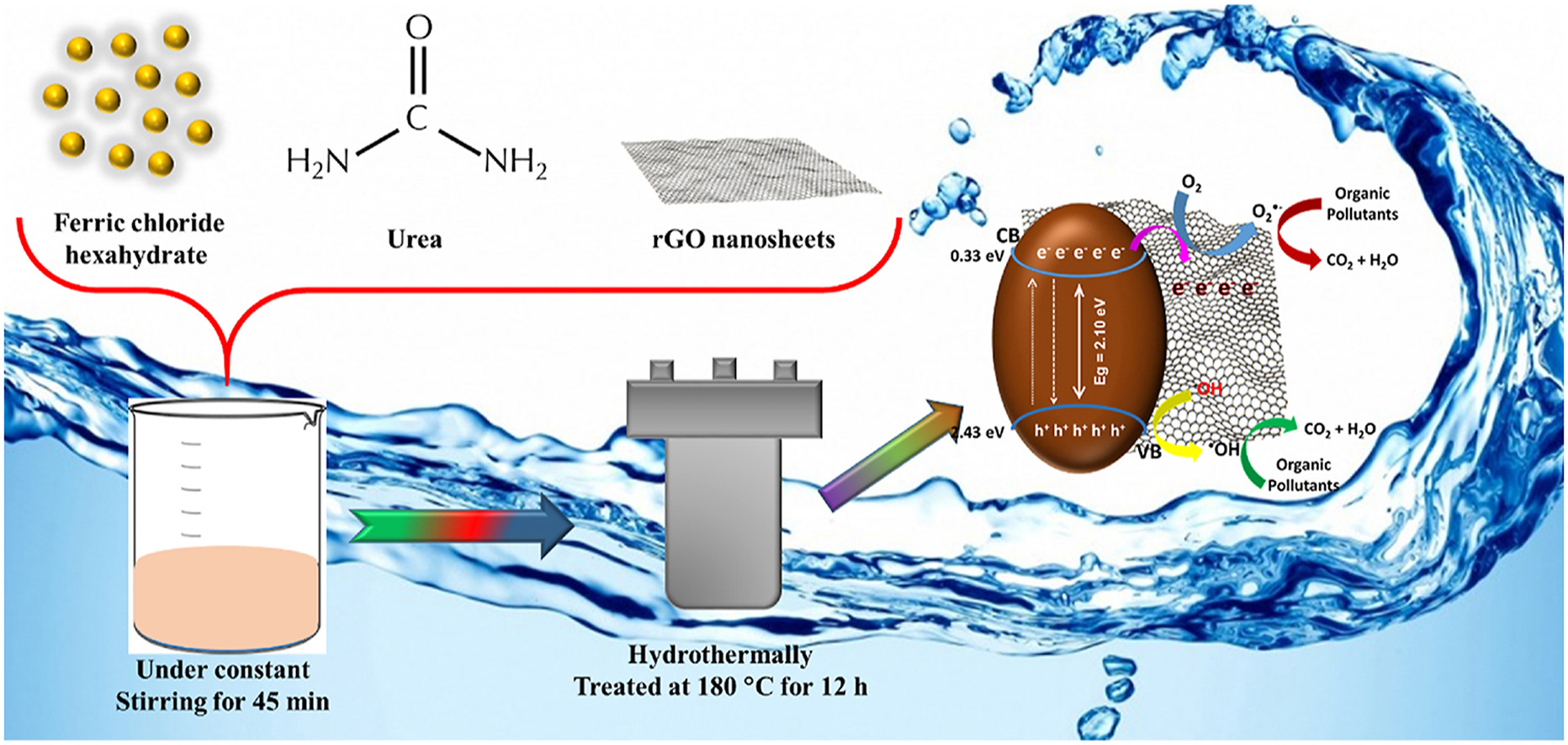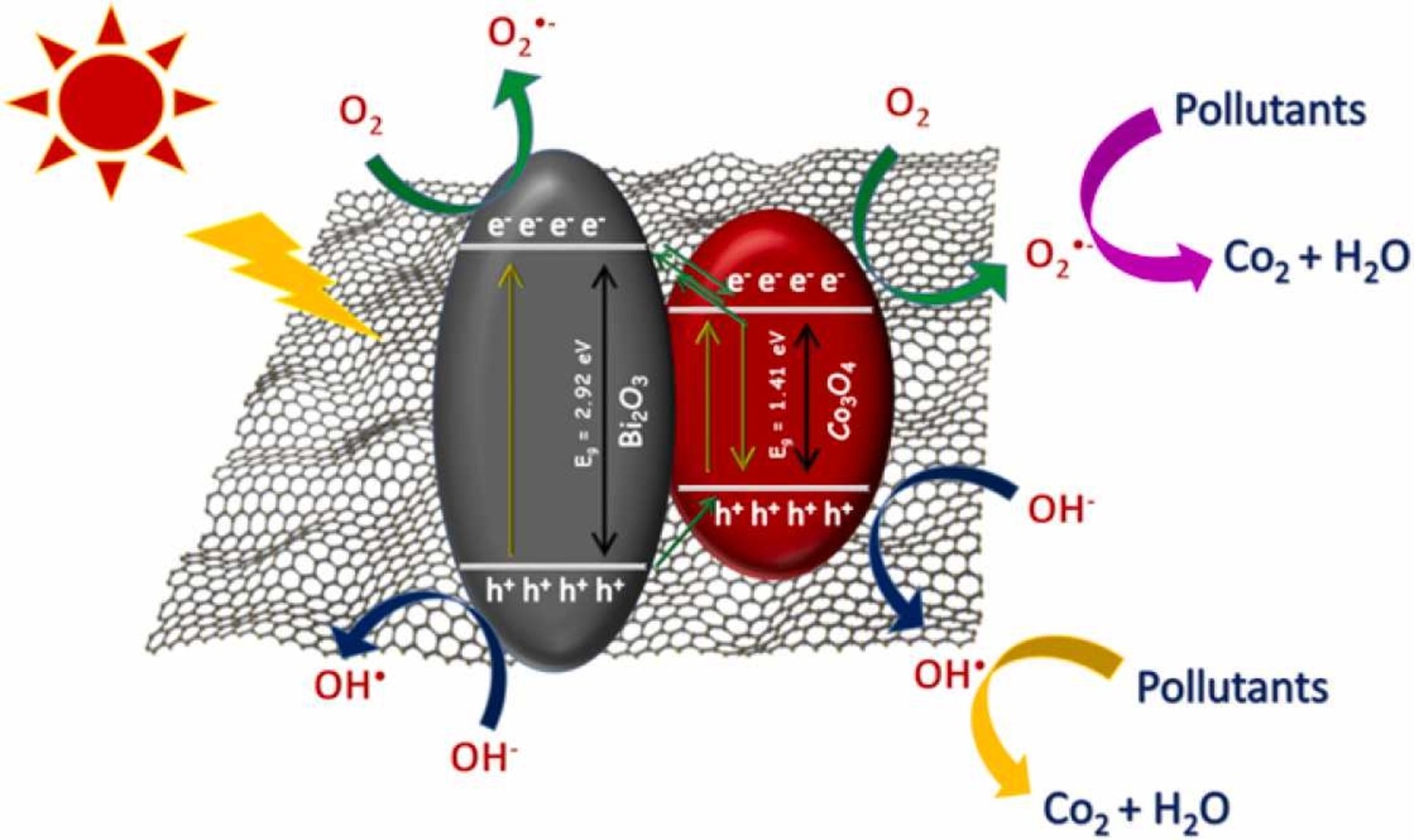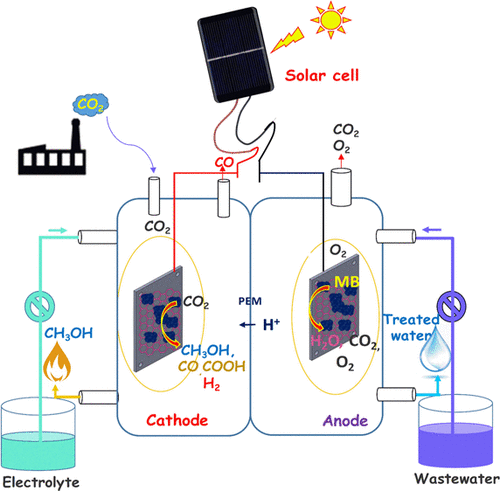Dr. Mohammad Abu Haija completed his Ph.D. in 2006 at the Technical University of Berlin in cooperation with the Fritz-Haber Institute of the Max Planck Society, Germany. Then, he worked as a postdoctoral fellow at the Advanced Photon Source, Argonne National Laboratory, USA. Following that role, he worked as an assistant professor in the Department of Chemistry at King Khalid University, Saudi Arabia.
In 2012 Dr. Mohammad joined The Petroleum Institute, which became part of Khalifa University in 2017. He is the Deputy Director of Advanced Materials Chemistry Center (AMCC) at Khalifa University. He received the Commendation for Research in 2018, and the Faculty Research Excellence Award in 2019 and 2022. Dr. Mohammad is the main advisor of 5 PhD students and 15 MSc students. His research group focuses on the design and synthesis of functional nanomaterials and their applications in catalysis, energy, and water treatment.

Nanocomposites in adsorption and catalytic advanced oxidation processes for water treatment.
For example: Catalytic activation of peroxymonosulfate using CeVO4 for phenol degradation: An insight into the reaction pathway, Applied Catalysis B: Environmental, 266, 2020, 118601, https://doi.org/10.1016/j.apcatb.2020.118601.

UV and visible photocatalytic degradation of pharmaceutical pollutants.
For example: Effective removal of azithromycin by novel g-C3N4/CdS/CuFe2O4 nanocomposite under visible light irradiation, Chemosphere, 337, 2023, 139372, https://doi.org/10.1016/j.chemosphere.2023.139372.

Quantum dots (QDs) for photocatalytic and photoelectrocatalytic reduction of CO2.
For example: Dual-functional paired photoelectrocatalytic system for the photocathodic reduction of CO2 to fuels and the anodic oxidation of furfural to value-added chemicals, Applied Catalysis B: Environmental, 298, 2021, 120520, https://doi.org/10.1016/j.apcatb.2021.120520.